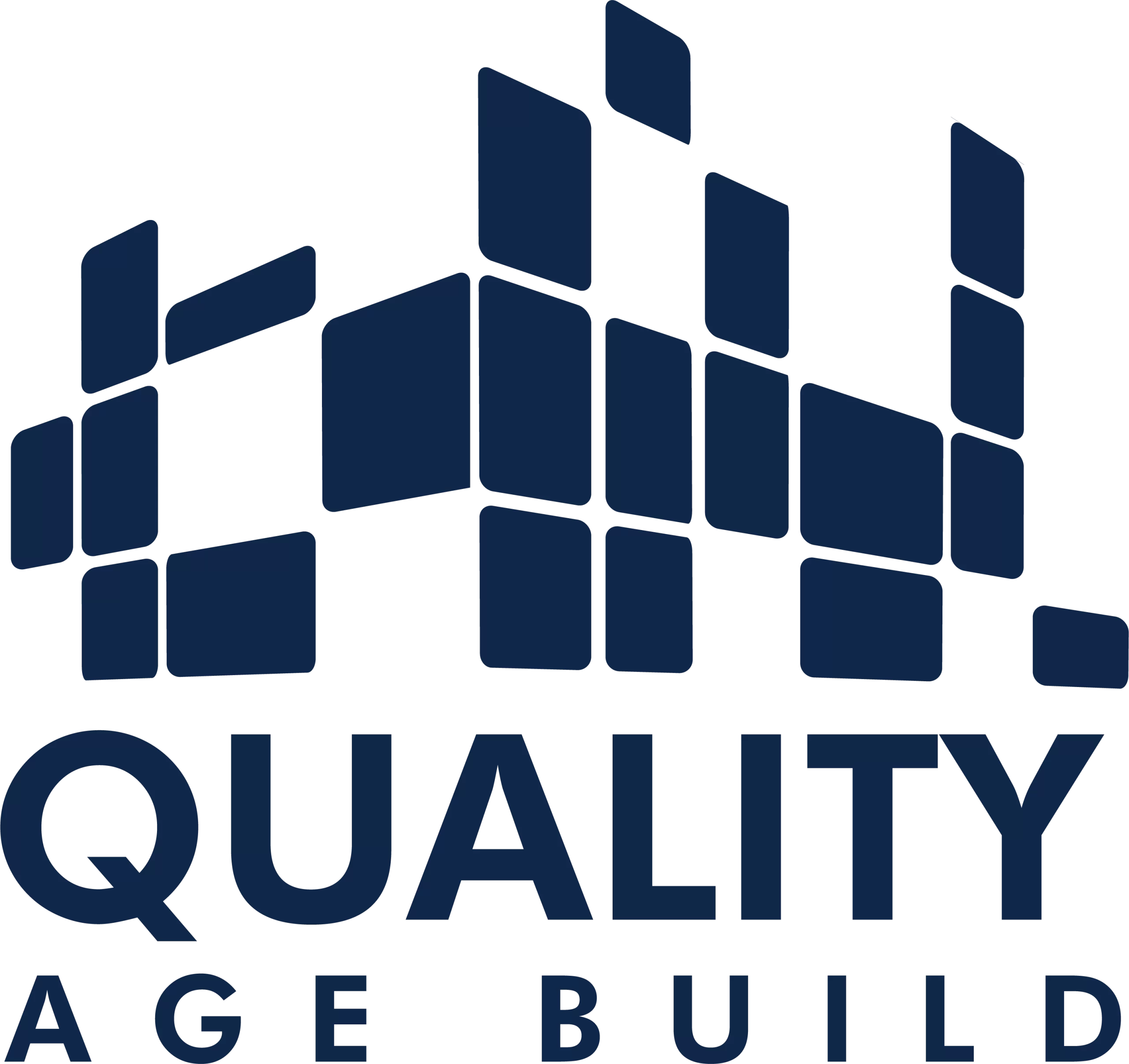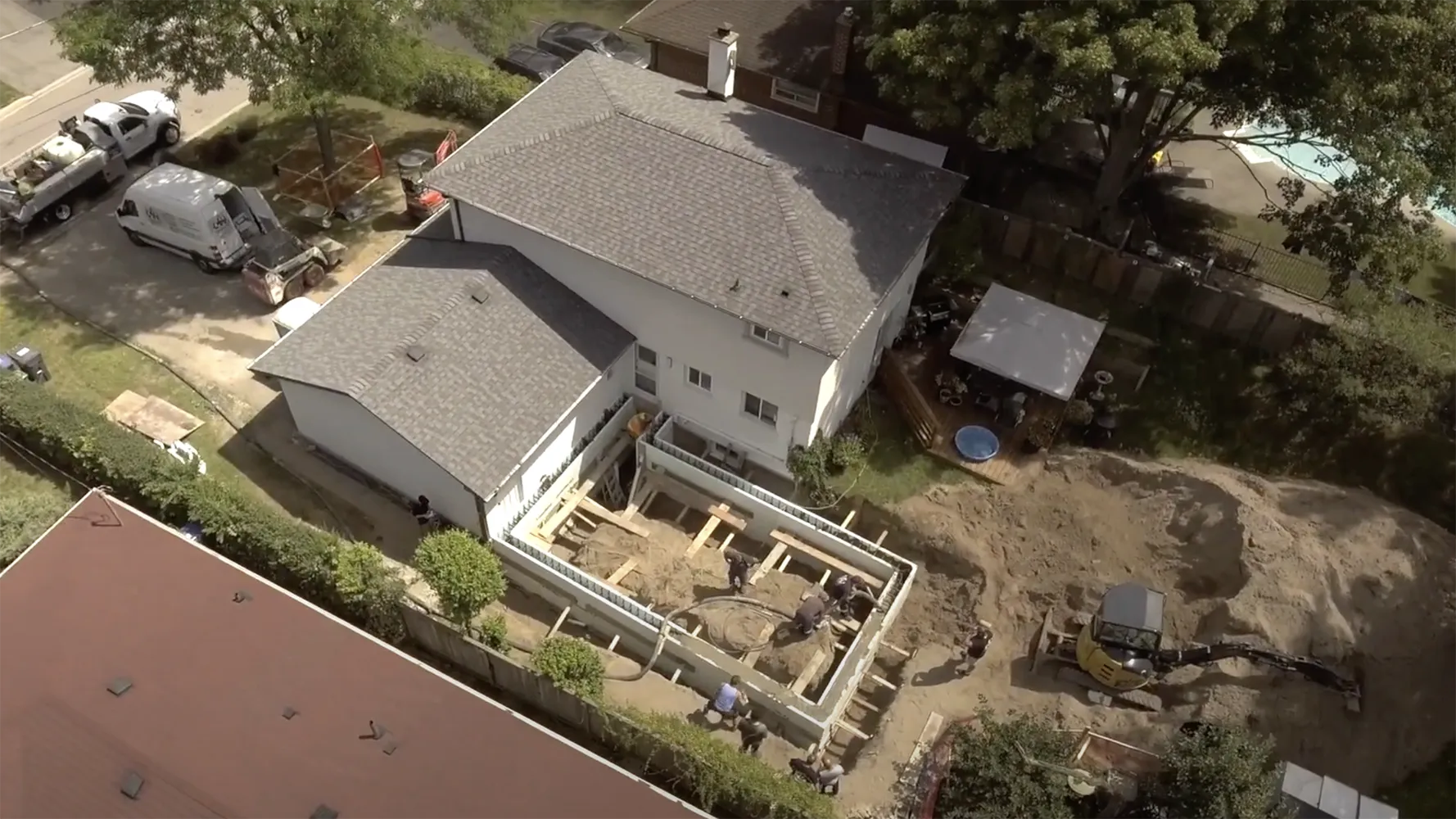A home addition is an excellent solution for addressing space shortages. It not only helps increase the number of living areas in your home but also enhances the functionality of certain locations through expansion.
If you’re considering additional construction in Toronto, you might be wondering about how much it costs to extend a house and what factors impact the project’s price.
House Extension Cost Per Square Foot
In Toronto, the price per square foot for a home addition ranges from $200 to $500. This depends on factors such as the type of room, materials used, labor, terrain, construction issues that need addressing, and other aspects.
The size of the addition is crucial. It could be a small room or an entire floor or wing. It’s sometimes challenging to estimate the exact cost of an addition, especially for smaller projects.
A professional assessment provides a true picture of the cost to add an addition to a house. However, unforeseen expenses may arise, so it’s a good idea to budget an additional 20% to cover these potential costs.
The Toronto housing market grows every year, so construction and repair costs also increase (approximately 5-10% per year). This should be considered if you plan to postpone the project.
Factors Influencing the Cost of Home Addition in Toronto
The cost of creating an addition depends on various factors, including the homeowner’s desires, possibilities, and other components. What affects how much a home addition costs?

Different Home Extension Options
Expanding space can be labor-intensive and resource-consuming. Basic rooms, like a sunroom, are relatively easy, quick, and inexpensive to build. However, once plumbing is involved, the cost of a house addition increases with each additional detail.
House extension costs also depend on location. Constructing on the first floor involves a new foundation and a full set of construction materials from wood to asphalt shingles. Some additions to the back of the house may be less expensive, while more complex ones require studies to ensure the building maintains structural integrity.
Influence of Location
Home extension costs vary depending on:
- State or City: Some state zoning laws restrict construction at the edge of a property, which limits the size and location of the addition.
- Climate and Geography: Additional structural solutions might be required for earthquake-prone areas.
- Supply and Demand: Where demand exceeds supply, construction services are significantly more expensive.
The location of the addition relative to the house and utility systems also affects its cost. If there’s no need for access to heating, ventilation, and air conditioning, plumbing, and electricity, the costs are significantly reduced.
Architectural Intricacy and Distinctiveness
The more complex the project, the more funds it will require. Custom designs, created according to your fantasies with creative and complex solutions, are always much more expensive than standard projects.
Current Home Structure Type
Since the new addition is a continuation of the home, the type of construction and materials should be as similar as possible. As they vary in cost and complexity, the price will fluctuate.
For example, some types of structures are easier to integrate than others (adding to a wooden frame house is easier than to a brick one), and construction materials for a garage addition are less expensive than those for a living room.
Effect of Ceiling Height on Extension Costs
High ceilings always lead to disproportionate expenses due to the increased internal volume of the extension. The higher the ceilings, the more building materials will be needed, and the more complex and time-consuming the construction process will become.
Quality of Finishes
Choosing luxurious finishes results in a significant increase in costs. For example, designer ceramic floor tiles or mosaics are several times more expensive than reclaimed wooden flooring.
Accessibility to the Property
The distance required to transport equipment and materials plays a significant role in the final cost of a home addition. If your home is located in a remote area, construction expenses will increase substantially.
Another factor to consider is the availability of working space on the site: space for materials, equipment, construction waste, etc.
Implications of Project Modifications
Modifying the project is certainly possible and sometimes necessary. Often, this happens during construction. For example, a client may want to increase the area, add architectural decorations and finishes, or exclude an additional bathroom. Naturally, such changes increase the cost and sometimes significantly extend the project completion timeline.
Advantages of Home Addition
The benefits homeowners gain from a home addition typically outweigh the temporary inconveniences and costs associated with construction.
Increased Living Space
Adding square footage allows for the creation of personal space or improves its functionality. For instance, additional living rooms enable large families or groups of friends to gather. Additional bedrooms or a home office can also be set up.
Enhanced Property Value
An addition significantly boosts the value of a home. Homeowners can expect a substantial return on investment if they decide to sell the property in the future. Extra space for various needs can quickly attract potential buyers.
Improved Functionality
One of the great advantages of additions is that they can enhance both living and utility spaces. For example, a kitchen extension can accommodate various appliances and expand the work area. An extension to the garage can provide extra space for storing garden tools and equipment.
Cost-Effective Alternative to Moving
Expanding living space is a very good alternative to moving. Few people enjoy the hassle of relocating, and it can be challenging to find suitable housing in a specific area. Typically, building additional rooms is much cheaper than buying a new home.
Better Accommodation for Growing Families
When a family is expecting a new addition or children are growing up, more space is needed. There is a demand for separate bedrooms, nurseries, playrooms, etc. A home addition allows you to keep your home while simply expanding it to meet these needs.
Ways to Save on Home Expansion Expenses
It’s essential to ensure that the costs of an extension fully align with your needs. This involves analyzing the project and eliminating unnecessary elements, such as excessive space or costly architectural embellishments.
Plan and Budget Thoroughly
Before starting construction, it’s crucial to conduct preparatory work and determine how much an addition to a house will cost. Effective planning involves researching the design, defining the scale and size of the project.
Ensuring professional execution of all work is possible only with an experienced builder. They manage the processes effectively, coordinate optimal periods of active work, and oversee material delivery. Making design decisions in advance helps avoid delays during construction.
Opt for Cost-Effective Materials
Choose materials that fit both your style and budget. There are affordable synthetic and composite materials available that can serve as substitutes for expensive options such as wood, marble, or granite.
For example, wooden siding can cost three times more than vinyl siding. Also, try to plan purchases with potential promotions and discounts in mind.
Minimize Structural Changes
Avoid making unnecessary changes to the project that increase the cost of adding an extension to your house. Consult with professionals when building a home addition in Toronto to prevent impulsive decisions that could raise the project’s cost.
DIY Where Possible
Homeowners can save money by handling tasks they are skilled at, such as painting or finishing work. However, if you lack the necessary skills, it’s best to let professionals handle these tasks.
You can handle DIY tasks like:
- demolishing non-structural walls;
- assembling cabinets;
- finishing the completed addition;
- creating landscaping for the site.
Performing work towards the end of the project will not delay its construction.
Negotiate with Contractors
After receiving multiple quotes from different contractors, you can choose the one who can realize your project at a reasonable price.
If you have any materials of your own, discuss their use with the contractor. Typically, clients are not allowed to supply lumber or concrete but can provide smaller items like fixtures.
Repurpose Existing Space
Remember that converting existing space requires much less effort and expense compared to creating entirely new rooms. Transform your attic into a second floor, which will be cheaper than any external addition. By retaining the existing roof, you minimize costs.
DIY Approach vs. Professional Assistance
A home addition is a significant project that involves framing, roofing, electrical work, plumbing, and other elements. It is only slightly less complex than building a new home, just on a smaller scale.
Homeowners can take on secondary or ancillary tasks to save on labor costs, such as clearing landscaping to prepare the site, demolishing non-structural elements, or painting the finished room.
If you lack the skills for plumbing, framing, roofing, or drywall installation, only a team of professionals can help.
Reputable contractors are licensed and insured, ensuring you are not liable for any accidents that may occur. They will also provide guidance and help with planning your home addition.
How Quality Age Build Enhances Your Project
Professional services always help save time and money, as well as prevent costly mistakes that can arise from insufficient knowledge or skills. Construction does not tolerate inexperience!
While the cost of additions can be high, it is still much cheaper than buying a new home. When done right, your home will be transformed!
Turn your dream into reality with Quality Age Build
Are you wondering how much it costs to add an addition to a house? Get a consultation for your project in Toronto from highly-rated professionals with extensive construction and renovation experience.
Quality Age Build specialists will not only calculate how much an addition costs but also help you choose the optimal option for your needs.

Conclusion
Any home addition requires time, effort, and money. It might sometimes feel like your dreams are out of reach, but that’s not the case at all! With careful planning, smart decisions, and the support of experienced professionals like Quality Age Build, you can achieve your goals.
Contact us
Quality Age Build Inc is at your service across the GTA. Request a quote today and ensure your property is in expert hands.
Related Services
Pair our expert guidance with our home addition services to seamlessly expand your living space, enhancing both comfort and curb appeal.
FAQs
How can you save money on a home addition without compromising quality?
To reduce construction costs while maintaining quality, consider the following tips:
- Plan the smallest possible addition that meets your needs and complies with local regulations;
- repurpose existing spaces (like a basement, garage, or attic), which is much cheaper than building a new room;
- take on simple tasks yourself (such as painting or interior finishing) to save on professional labor costs.
Additionally, choose cost-effective building materials and finishes.
What role does location play in determining the cost of a home addition?
The state or city you live in plays a significant role in determining home addition costs because:
- labor and material costs can vary greatly depending on the region or the location’s remoteness;
- you need to comply with local building codes and regulations;
- building practices may differ based on local conditions (e.g., seismic activity);
- supply and demand in the local market affect construction service prices.
Considering these factors helps in planning and budgeting your home addition project.
What are the most cost-effective home addition options?
Cost-effective home additions are those that can increase living space without significant expense. For example, a basic sunroom, which doesn’t require major changes to the home’s foundation or additional utilities, is an economical solution for expanding living space.

